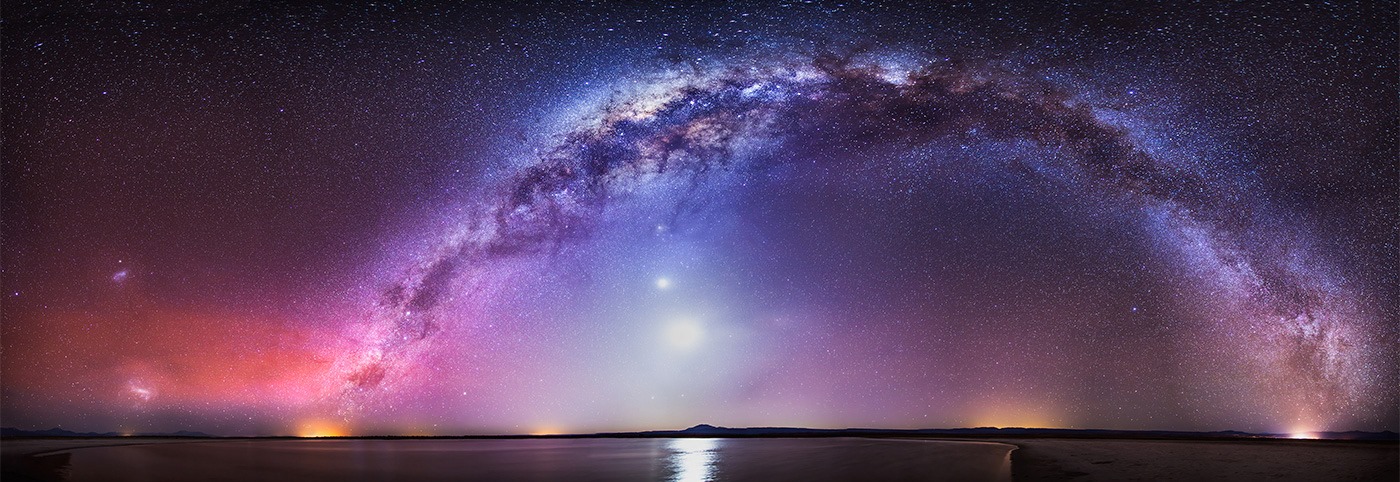(Untitled)
This is how the Sun disappeared from the daytime sky last month. The featured time-lapse video was created from stills taken from Mountain View, Arkansas, USA on 2024 April 8. […]

This is how the Sun disappeared from the daytime sky last month. The featured time-lapse video was created from stills taken from Mountain View, Arkansas, USA on 2024 April 8. […]
What happens to a star that goes near a black hole? If the star directly impacts a massive black hole, then the star falls in completely — and everything vanishes. […]
Despite their resemblance to R2D2, these three are not the droids you’re looking for. Instead, the enclosures house 1.8 meter Auxiliary Telescopes (ATs) at Paranal Observatory in the Atacama Desert […]
A mere 280 light-years from Earth, tidally locked, Jupiter-sized exoplanet WASP-43b orbits its parent star once every 0.8 Earth days. That puts it about 2 million kilometers (less than 1/25th […]
Majestic on a truly cosmic scale, M100 is appropriately known as a grand design spiral galaxy. The large galaxy of over 100 billion stars has well-defined spiral arms, similar to […]
To some, this nebula looks like the head of a fish. However, this colorful cosmic portrait really features glowing gas and obscuring dust clouds in IC 1795, a star forming […]
The star system GK Per is known to be associated with only two of the three nebulas pictured. At 1500 light years distant, Nova Persei 1901 (GK Persei) was the […]
Three bright objects satisfied seasoned stargazers of the western sky just after sunset earlier this month. The most familiar was the Moon, seen on the upper left in a crescent […]
The Ring Nebula (M57) is more complicated than it appears through a small telescope. The easily visible central ring is about one light-year across, but this remarkably deep exposure – […]
If the Sun is up but the sky is dark and the horizon is bright all around, you might be standing in the Moon’s shadow during a total eclipse of […]